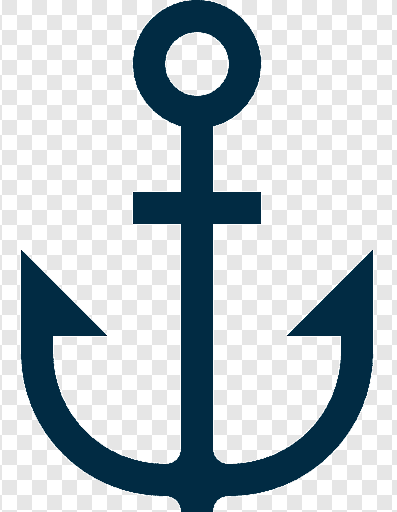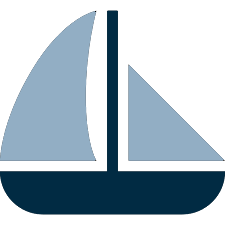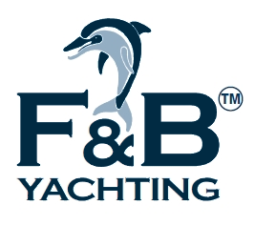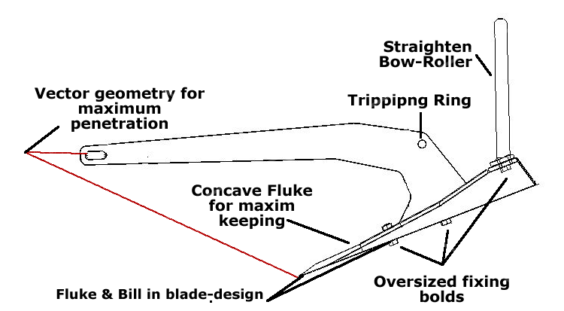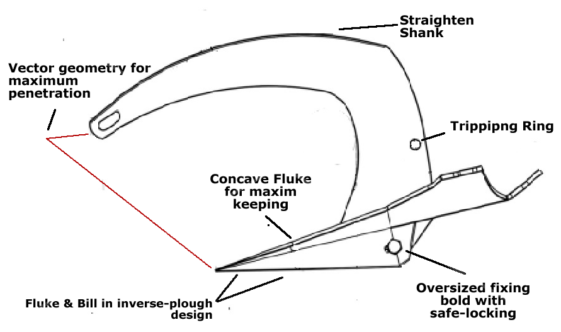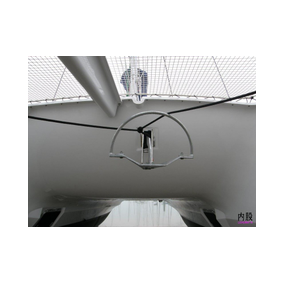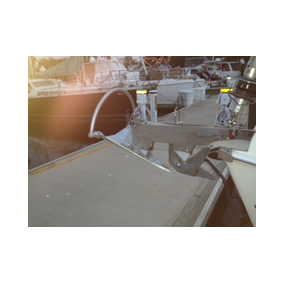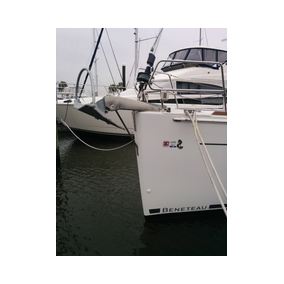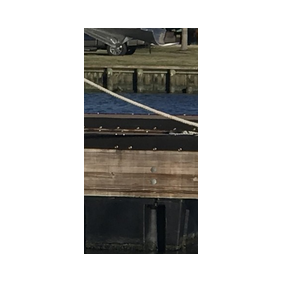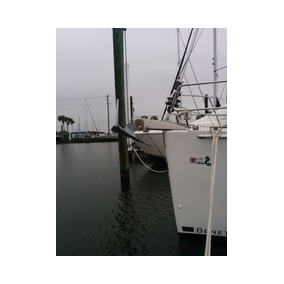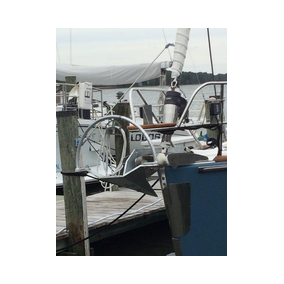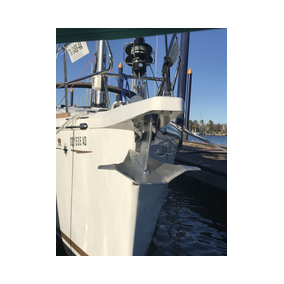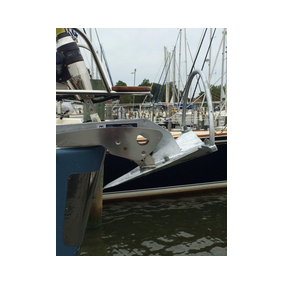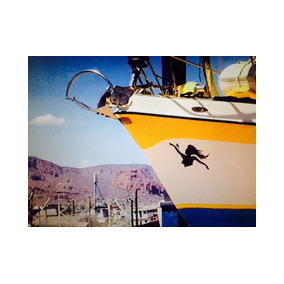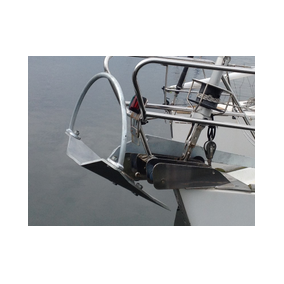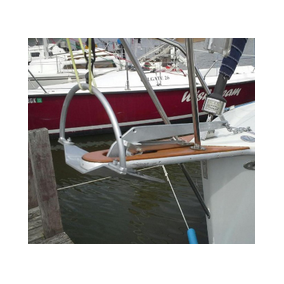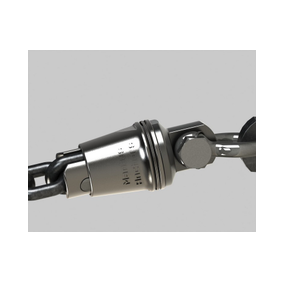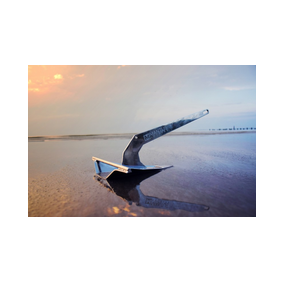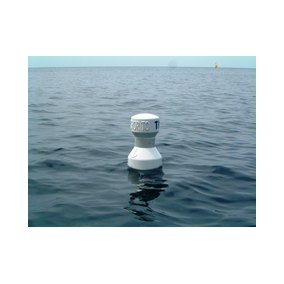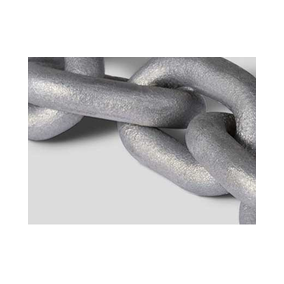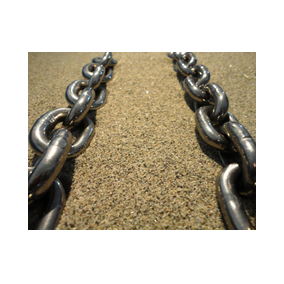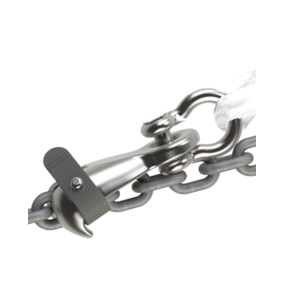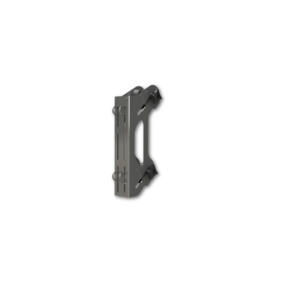
The Vector Geometry Anchors that guarantees maximum security and safety

The Mantus family, the most advanced of the incremental dynamic keeping anchors, expands with a new member.
Today we therefore count the famous Mantus M1 and the new Mantus M2.
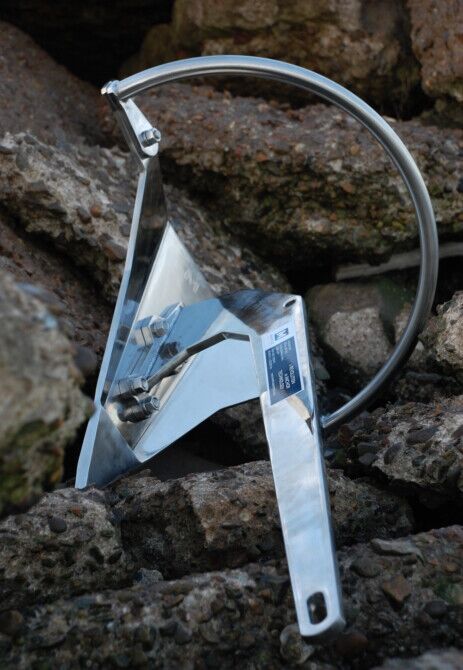
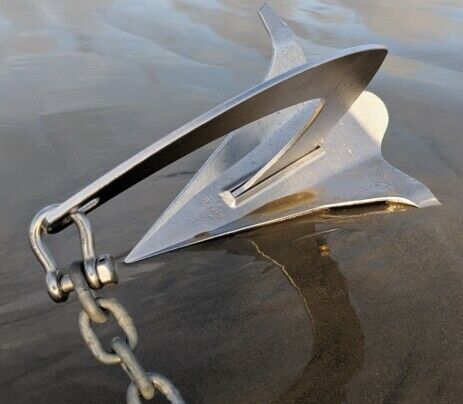
Are you sure that your current anchor delivers maximum security and peace of mind? Are you absolutely certain that there isn't an anchor that can be called the best on the market?
The biggest mistake you can make is to choose an anchor whose sole feature is to remain fixed!
Think about it for a minute and reflect upon whether your current anchor adequately complies or satisfies one or more of the following static or dynamic characteristics and standards that the Mantus Anchors assures:
- Self-Righting: Whichever way Mantus Anchors gets down to the sea bed the self-righting characteristic enable it to automatically positions itself into a correct grip and then to dig deeper & set faster.
- They never slips on the sea bed even if obstacles or difficulties stop it from positioning itself automatically, as soon as the chain is tout, the anchor straightens and heads to position itself in that place. It pushes down deeply in very little space and on any kind of penetrable sea bed.
- They are better at boring into the seabed. Since they are already pointing in the right direction, the more throws the deeper it goes.
- They has the best hold on sandy sea floors
- They has the best hold on gravel sea floors
- They has the best hold on muddy sea floors
- They has the best hold on a standard penetrable seaweed bed
- Hey are good at resisting gusts of wind and tide currents, they are in fact capable of doing a 360° turn or more without ever loosing there griping and stays very efficiently anchored in position.
- Even in very extreme and exceptional conditions, the anchors would start to plough but they would never unfix itself from the sea-bottom! Mantus Anchors would stay well anchored into the seabed maintaining maximum hold even if moving because the pulling.
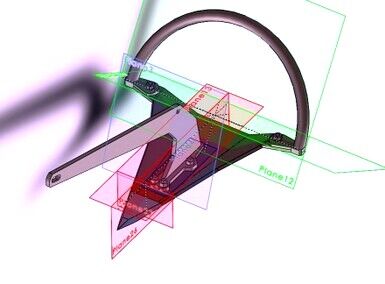
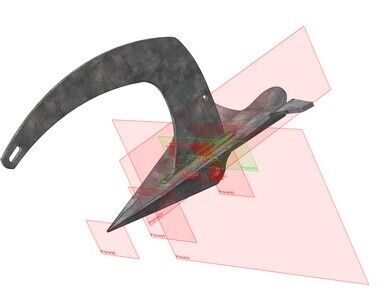
Why Mantus Anchors are so special:
- They are very easy to set. It straightens and aligns automatically as soon as the chain is pulled and it copes with many anchoring errors.
- They was designed to get into practically any kind of standard anchor bow-rollers
- Dynamic Keeping 1: more is pulled, more deeply it penetrate the sea-bottom. Incremental keeping power
- Dynamic Keeping 2: more winds turn, more the anchor move deeply in the see-bottom. Wind turning reaction
Mantus are the only anchors in the world that has these special features and performs in this way.
They will improve your on-board experience, allowing your to enjoy your free time guaranteeing safety and peace of mind that you currently don't have with your old anchor!
Furthermore:
Mantus Anchors are the only in the world designed following a Vector Geometry so to concentrate all pulling force on the tip: all design lines follow the force vectors so to maximise its sea-bad penetration capacity.
Thickness of the head has been studied to maximise the holding surface considering the witght of the anchor isteself, so to guarantee the highest keeping supremacy.
Mantus Anchors offers a Lifetime Warranty on its anchors
against damage or manufacturing defect
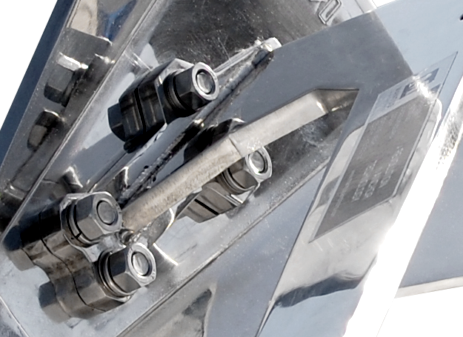
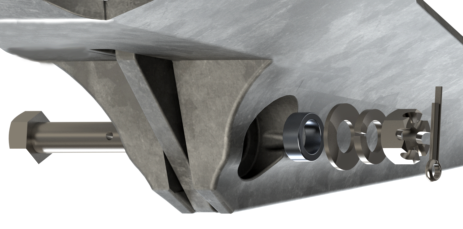
Characteristics of Mantus Anchors | ||
Mantus M1 | Mantus M2 | |
| Static Keepig | MAX | AX |
| Dynamic Incremental Keepig | MAX | MAX |
| Wind tunring keeping | Total | Total |
| Self-righting Capacity | Excellent with the bow-roller | Excellent with the curved shank |
| Setting Capacity | MAX | MAX |
| Min. chain length for setting | about 1,5 the depth | about 2,5 the depth |
| Bow-roller adaptability | about 90% | about100% |
| Weight/volume ratio | Expanded | Compct |
Mantus M1
Mantus M2
Mantus Anchors Selection Tabel | |||
| Anchors Size | Lunch Anchor | Working Anchor | Storm Anchor |
| 3,6 kg | to 20 feet < 0,90 ton | to 14 feet < 0,45 ton | to 12 feet <0,36 ton |
| 6 kg | from 21 to 30 feet < 4,98 ton | from 15 to 20 feet < 2,26 ton | from 13 to 14 feet < 0,90 ton |
| 11 kg | from 31 to 35 feet < 6,80 ton | from 21 to 30 feet < 4,98 ton | from 15 to 20 feet < 2,26 ton |
| 16 kg | from 36 to 40 feet < 9,07 ton | from 31 to 35 feet < 6,80 ton | from 21 to 30 feet < 4,98 ton |
| 20 kg | from 41 to 45 feet < 18,14 ton | from 36 to 40 feet < 9,07 ton | from 31 to 35 feet < 6,80 ton |
| 25 kg | from 43,5 to 45 feet < 18,00 ton | from 39 to 43 feet < 13 ton | from 35 ti 39 feet < 9,7 ton |
| 30kg | from 46 to 50 feet < 22,67 ton | from 41 to 45 feet < 18,14 ton | from 39 to 43 feet < 9,07 ton |
| 38 kg | from 51 to 60 feet < 27,21 ton | from 46 to 50 feet < 22,67 piedi | from 43 to 45 feet < 18,14 ton |
| 47 kg | from 61 to 70 feet < 32 ton | from 51 to 60 feet < 27 ton | from 46 to 50 feet < 22,67 ton |
| 57 kg | from 71 to 90 feet < 50 ton | from 61 to 70 feet < 32 ton | from 51 to 60 feet < 27 ton |
| 80 kg | from 91 to 100 feet < 59 ton | from 71 to 90 feet < 50 ton | from 61 to 70 feet < 32 |
When making sizing recommendations for a working anchor we are generally referring to the needs of a cruising boat spending most of its time on anchor, in doing so we try to envelope high sustained winds (40 kts) and assume poor holding conditions (low viscosity bottoms).
Our anchor sizing recommendations are divided in three categories:
Lunch Anchor is recommended for lighter use, expected winds under 25 knots,
Working Anchor for winds under 40 knots and finally,
Storm Anchor recommendations are intended for winds up to 60 knots.
These recommendations are made assuming the worst case scenario, a poor holding bottom and thus may seem conservative but we believe are accurate.
Contact us:
Related products:


